The northern state is overflowing with history and overall interesting places. In fact, New Jersey has 58 National Historic Landmarks, but these are the coolest, we promise. In this article, we will journey back in time and explore why each selected landmark is truly amazing. Some are just flat-out cool, while others are a bit more. Come along as we discover some of the mind-boggling landmarks in the state of New Jersey.
6. Lucy, The Margate Elephant
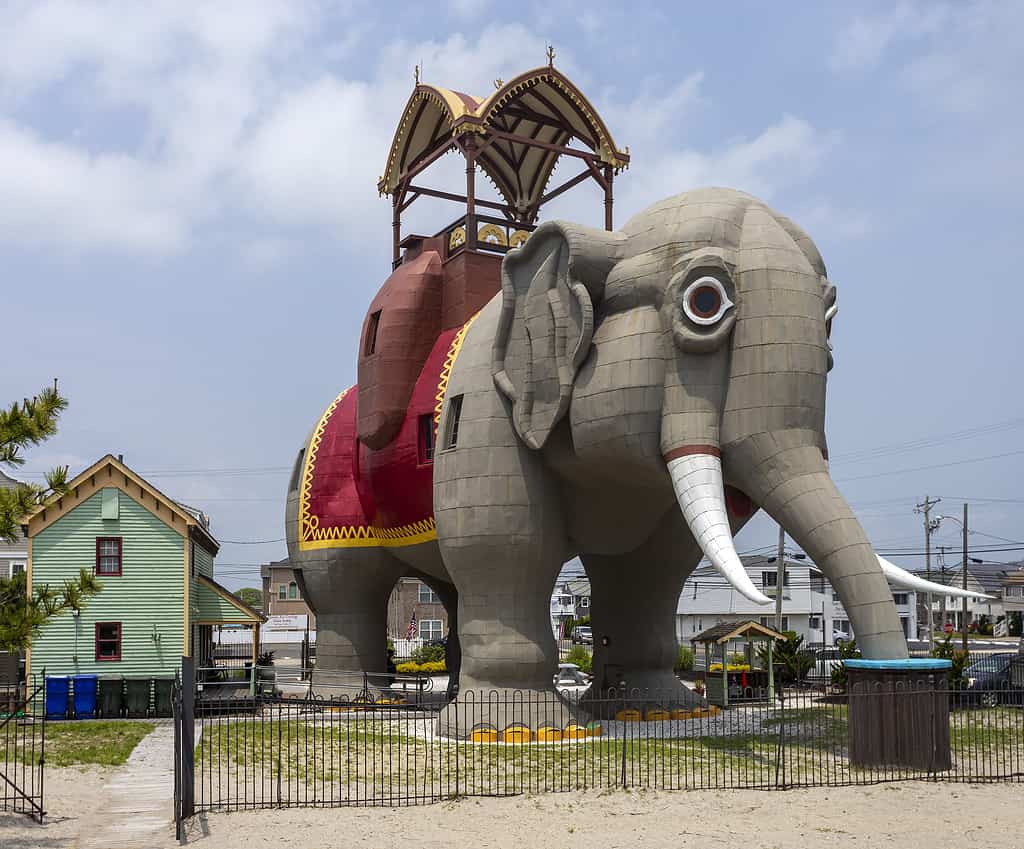
Locals love Lucy the
Elephant
and fight to keep her around.
In 1881, Philadelphia native James Lafferty built the elephant, then called “Elephant Bazaar.” She was built to attract potential buyers getting off the new railway to South Atlantic City, known as Margate now. In 1887, Lafferty sold the elephant to Anton Gertzen. In 1902, Sophia Gertzen gave Elephant Bazaar the new name of Lucy the Elephant and turned it into a tavern. Lucy spent only a year in a tavern, then became the summer home of a British doctor and family.
Later, in 1969, the elephant was falling apart from many years of salty air and wind and was slated to be torn down once the property it sat on sold. Locals could not let that happen and raised money as The Save Lucy Committee then moved Lucy to a city-owned property to restore it. Once restored, she became a National Historic Landmark in New Jersey in 1976.
5. Lambert Tower
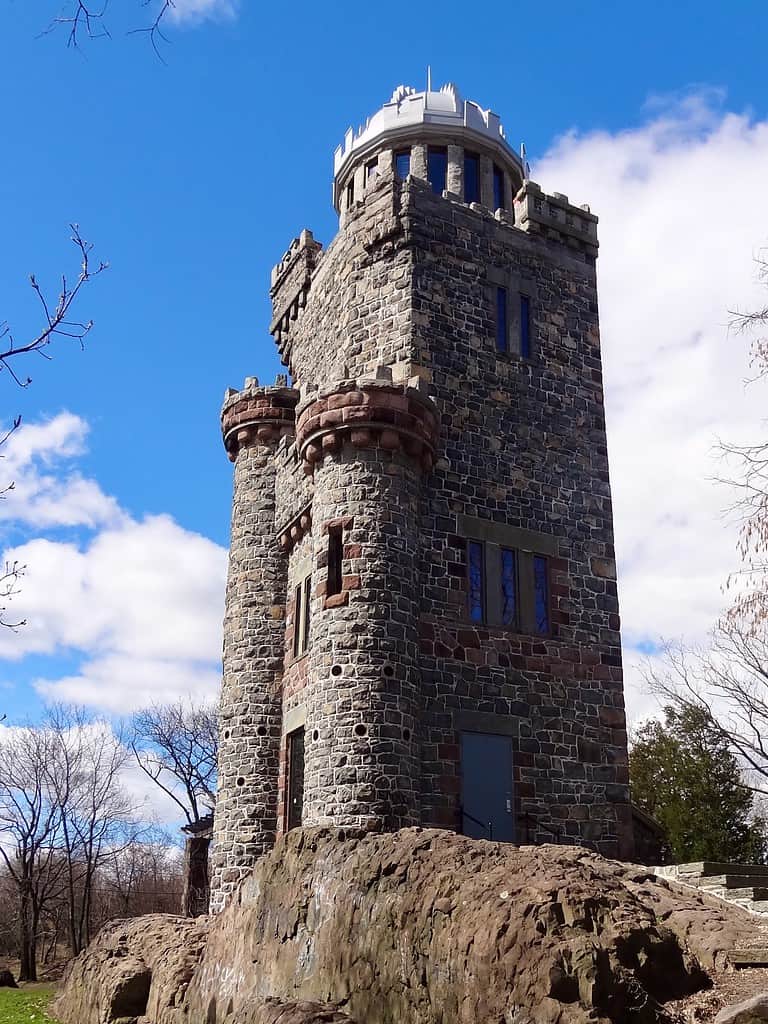
The Lambert Tower is reminiscent of castles in the UK, for good reason.
In 1896, the Lambert Tower was built in the Garret Mountain Reservation by English immigrant Catholina Lambert. Lambert grew up in Great Britain and modeled his silk mill after one. The tower stands 70 feet high. The top of the tower is the best part since it offers amazing panoramic views of Garret Mountain Reservation and its 568 acres. Visiting the tower is free; however, it is only open from May through October on Wednesday through Sunday: 9:00 AM until 5:00 PM.
4. Navesink Light Station
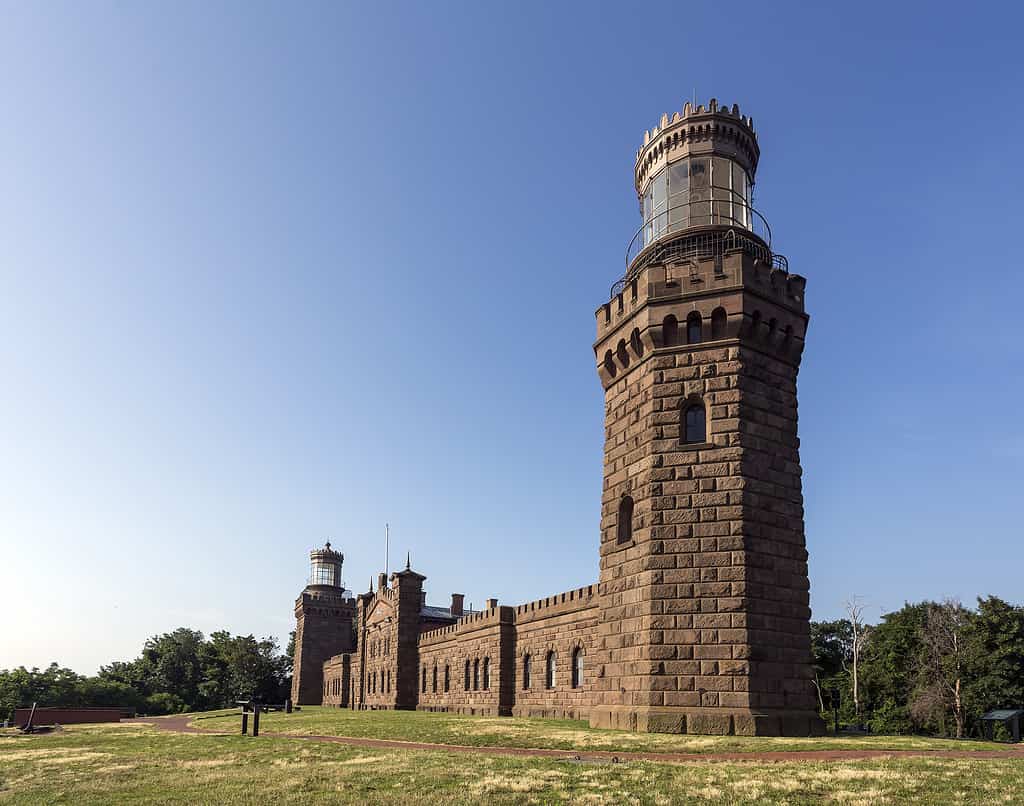
That beacon really was a true beacon of hope and warning for the City of New York in 1746.
In 1746, the militia of NJ was asked to add a whale oil beacon to the top of the Navesink Highlands to warn New York City of approaching French warships. For many years, this served its purpose, but eventually, the times changed, as did the needs of Sandy Hook Bay. They needed a lighthouse that would stand out from the Sandy Hook Lightship nearby and the Sandy Hook Light Station five miles away.
In 1826, 2.75 acres of land were purchased on Highland Hills since that was the historic place previously used as a beacon to warn ships. Fast forward to 1828, the twin lighthouses were open and ready for business. The Navesink Twin Lighthouses cost $8,440, and another $8,150 was spent on the lighting apparatus. The lighthouse was open until 1949 and was the first in the U.S. to test important lighthouse technologies. It is now open to the public.
3. Holland Tunnel

The Holland Tunnel is one of the most heavily used tunnels in the world.
The Holland Tunnel opened in 1927 and connected Jersey City, NJ and NYC. The engineer who designed the tunnel, Clifford M. Holland, became the tunnel’s name, having passed away suddenly just before the tunnel opened.
The twin tubular vehicular tunnel was the longest underwater tunnel in the world at the time. The north tube is 8,558 feet long, while the south is 8,371 feet long. It is roughly 93 feet below the water line. This amazing tunnel was also innovative for the time because it solved the airflow issue by literally sucking away the pollution with fans. In total, 84 fans lined the tunnels and were responsible for sucking away the pollution inside. The fans could completely replace the air inside the tunnel every 90 seconds.
2. The Speedwell Factory Building
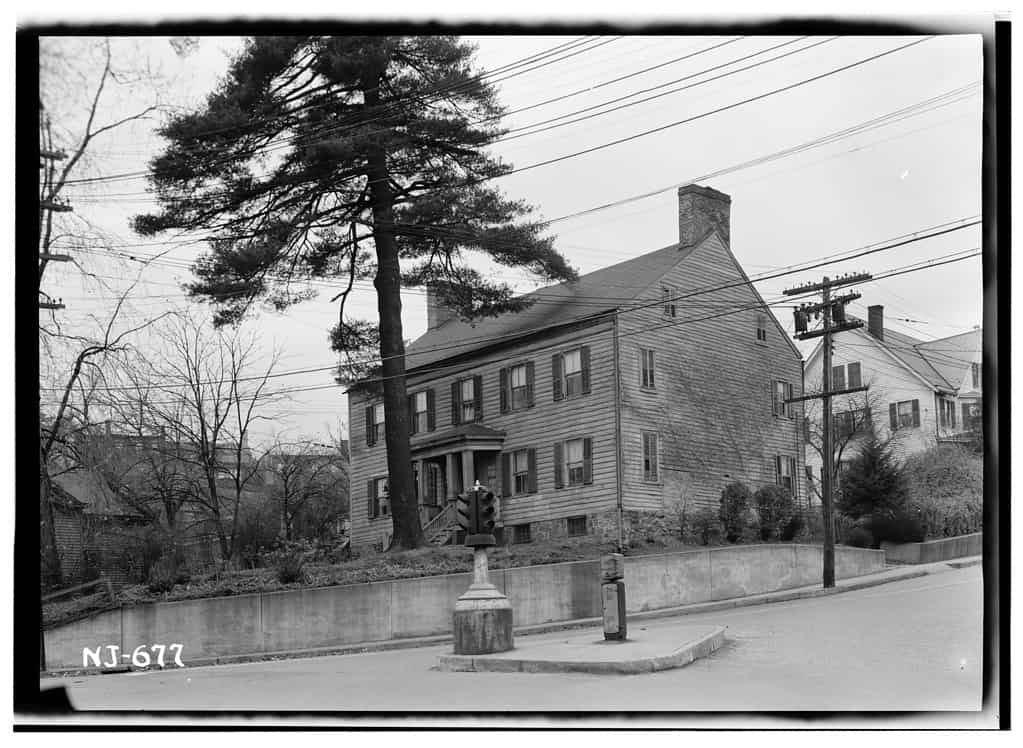
Telegraphs were a major breakthrough and the first text messaging systems.
In Morristown, NJ, the Speedwell Villiage, owned by Alfred Vail, sits on the Whippany River, located in a natural gorge. The village had several hydraulic-powered forges which set the ball in motion. The ironworks shop created the first durable iron tire for railroad locomotives in January 1836, but the historic value of it doesn’t end there. Vail had also built a factory building within what is now called the Speedwell Village in his retirement.
Samuel F.B. Morse met Vail in 1837 while demonstrating the telegraph at NYU. Vail and Morse became fast friends and decided to work together on a better means to the batteries and wire to transmit the signals. From the fall of 1837 until January 1838, the two used hatmaker’s wire, which was then wrapped with cotton thread to insulate it. On January 11, 1838, the first public demonstration of the telegraph was done. The factory building was officially branded as “the birthplace of the telegraph.”
Vail and Morse also demonstrated the first use of the code used to create telegraphs, which, of course, is the famed “Morse Code.” The system began as a code that involved marks on a piece of paper, which were translated into English by the telegraph operator. This was flawed since the operator could hear the sounds without needing them to be on paper, so the print was replaced with individual beeps. On May 24, 1844, Morse sent Vail that historic first telegraph, “What hath god wrought?” The famed Speedwell factory building and village are now museums demonstrating how telegraphs were created and read.
1. Holmdel Horn Antenna
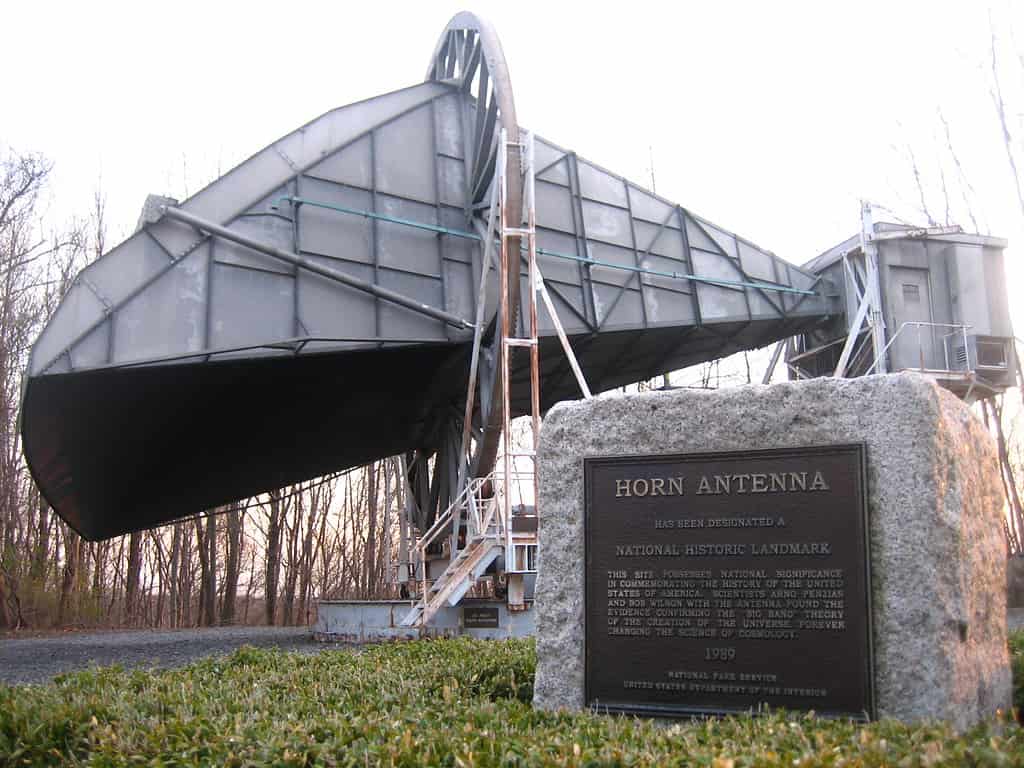
It really doesn’t get more historic than the Holmdel Horn Antenna in NJ!
Making the list of New Jersey National Historic Landmarks is the Holmdel Horn Antenna. It sits on Crawford Hill in Holmdel Township, NJ, and is an amazing and very historic reminder that our education about space is still very new. The horn antenna was built by two radio astronomers, Arno Penzias and Robert Wilson, who rather accidentally stumbled upon cosmic microwave background radiation (CMBR) that permeates the universe. The antenna serves as a satellite on the grounds of Bell Telephone Laboratories. The arrival of such knowledge came in 1965, many years after the breakthrough that Edwin Hubble demonstrated. In the 1920s, Hubble proved that the universe was ever-expanding. These major breakthroughs helped pave the way for further and ongoing space research, which continues today. In 1978, Penzias and Wilson received the Nobel Prize in Physics, which was well deserved.
Thank you for reading! Have some feedback for us? Contact the AZ Animals editorial team.








